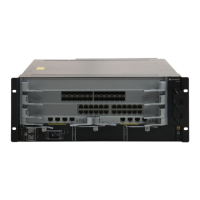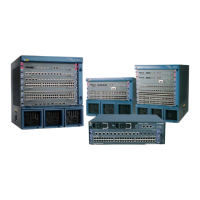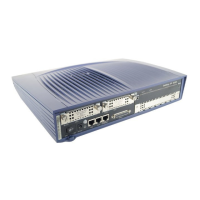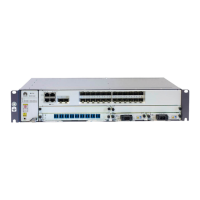traffic behavior behavior-name
A traffic behavior is created and the traffic behavior view is displayed.
4. Run:
car car-name share
An aggregate CAR action is configured.
NOTE
S series boards and W series boards do not support aggregate CAR.
Aggregate CAR is valid for only incoming packets.
After aggregate CAR is configured, the rules in a traffic classifier bound to a traffic behavior share
a CAR index. The system aggregates the traffic and implements the CAR for the traffic. If the traffic
classifier contains both Layer 2 information-based rules and Layer 3 information-based rules, the
car share command does not take effect.
----End
2.3.4 Creating a Traffic Policy
You can associate a traffic classifier with a traffic behavior in a traffic policy.
Procedure
Step 1 Run:
system-view
The system view is displayed.
Step 2 Run:
traffic policy policy-name [ match-order { auto | config } ]
A traffic policy is created and the traffic policy view is displayed.
After a traffic policy is applied, you cannot use the traffic policy command to modify the
matching order of traffic classifiers in the traffic policy. To modify the matching order, delete
the traffic policy, and re-create a traffic policy and specify the matching order.
Step 3 Run:
classifier classifier-name behavior behavior-name
A traffic classifier is bound to a traffic behavior in the traffic policy.
----End
2.3.5 Applying the Traffic Policy
The configured traffic policy takes effect only after it is applied to the system or a slot, an
interface, or a VLAN.
Procedure
l Applying a traffic policy to the system or a slot
1. Run:
system-view
The system view is displayed.
Quidway S7700 Smart Routing Switch
Configuration Guide - QoS 2 Traffic Policing and Traffic Shaping Configuration
Issue 01 (2011-07-15) Huawei Proprietary and Confidential
Copyright © Huawei Technologies Co., Ltd.
56

